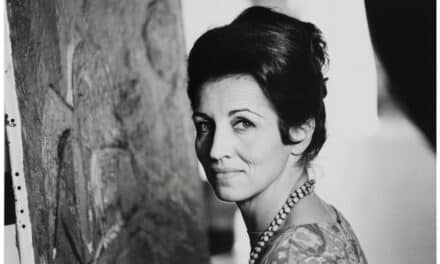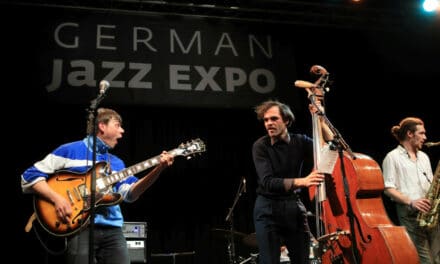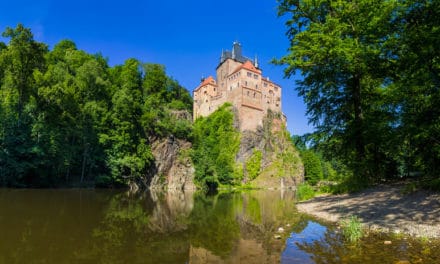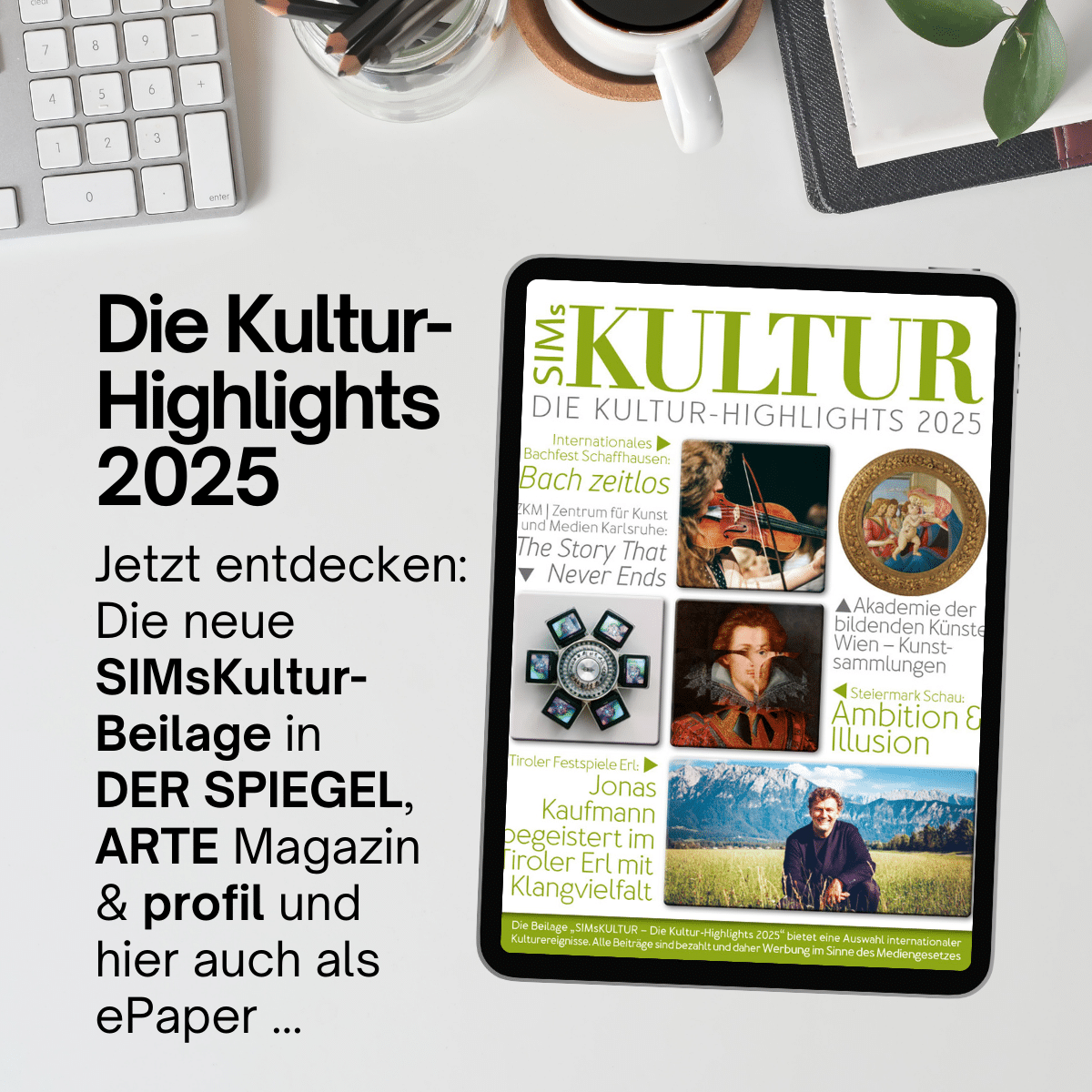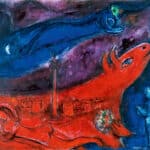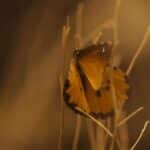The collection of the Museum of Lacquer Art is not only a special feature within the cultural offerings of the city of Münster. With its focus on lacquer as a material and its growing collection of around 1,500 objects from almost every culture in the world, the museum is an international leader.
When asked about the special features of the Museum of Lacquer Art, Director Dr. Gudrun Bühl explains: "Here, visitors can experience the diversity of historical and contemporary techniques, styles and manufacturing processes. From Chinese carved lacquers and Japanese gold scattered lacquers to precious inlaid work with mother-of-pearl from Korea and European lacquer craftsmanship from the beginning of the modern era in Europe: our collection allows visitors to experience the special appeal of lacquer art across cultures."
The lacquer works are presented in changing cabinets dedicated to different epochs and cultures in the ambience of a Münster city villa from 1914. Whether miniature Japanese stacking boxes that the educated gentleman in Edo period Japan wore on the belt of his kimono, magnificent furniture of Augustus the Strong in Dresden or King Frederick I in Prussia: the museum offers a multifaceted repertoire.
The beginnings of lacquer art are certainly to be found in East Asia, most probably in China, followed by Korea and Japan, where the oldest objects in the collection, dating back to pre-Christian times, were made. From the middle of the 16th century, East Asian lacquerware arrived in Europe by sea, creating enthusiasm and increasing demand among courtly society. The process that caused European lacquer art to break away from East Asian art and develop its own techniques, decorations and motifs lasted until the 18th century. It was probably influences from the Islamic world, whose lacquer art dates back to the 11th century, that inspired the first European lacquer works with dark black backgrounds with floral gold decoration on wood in Italy in the 16th century. India, Persia and the Ottoman Empire are regarded as a bridge between Asia and Europe in the history of lacquer art.
"Lacquer has always exerted a fascination on mankind: Not only its property of providing protection against use and wear, but above all its quality of providing surfaces with a deep, saturated and glossy color effect give lacquer objects an unmistakable aesthetic and appeal," says the director, summarizing the special features of lacquer as a material.
Regularly organized special exhibitions explore different aspects of traditional lacquer craftsmanship as well as contemporary lacquer art.


